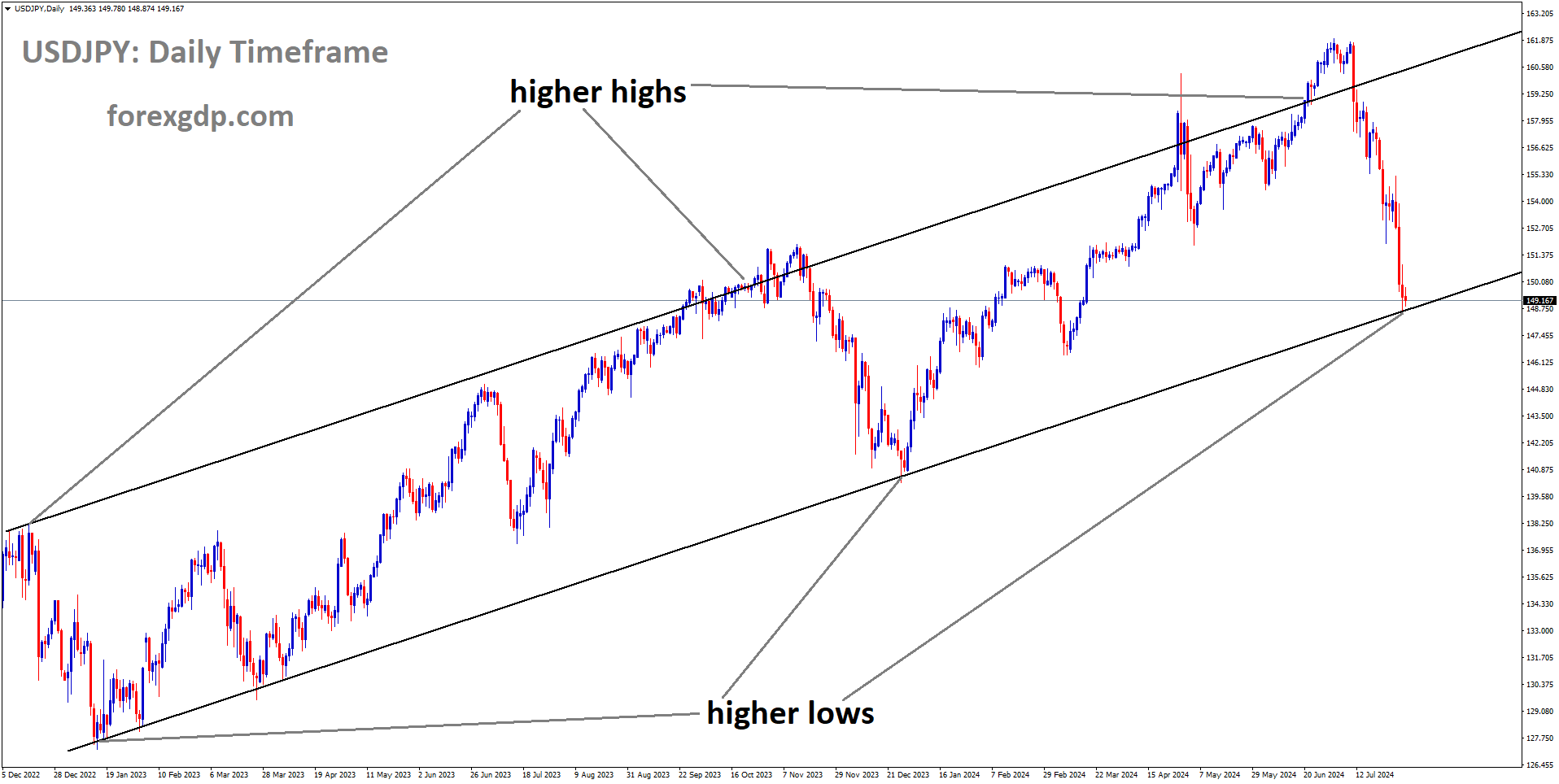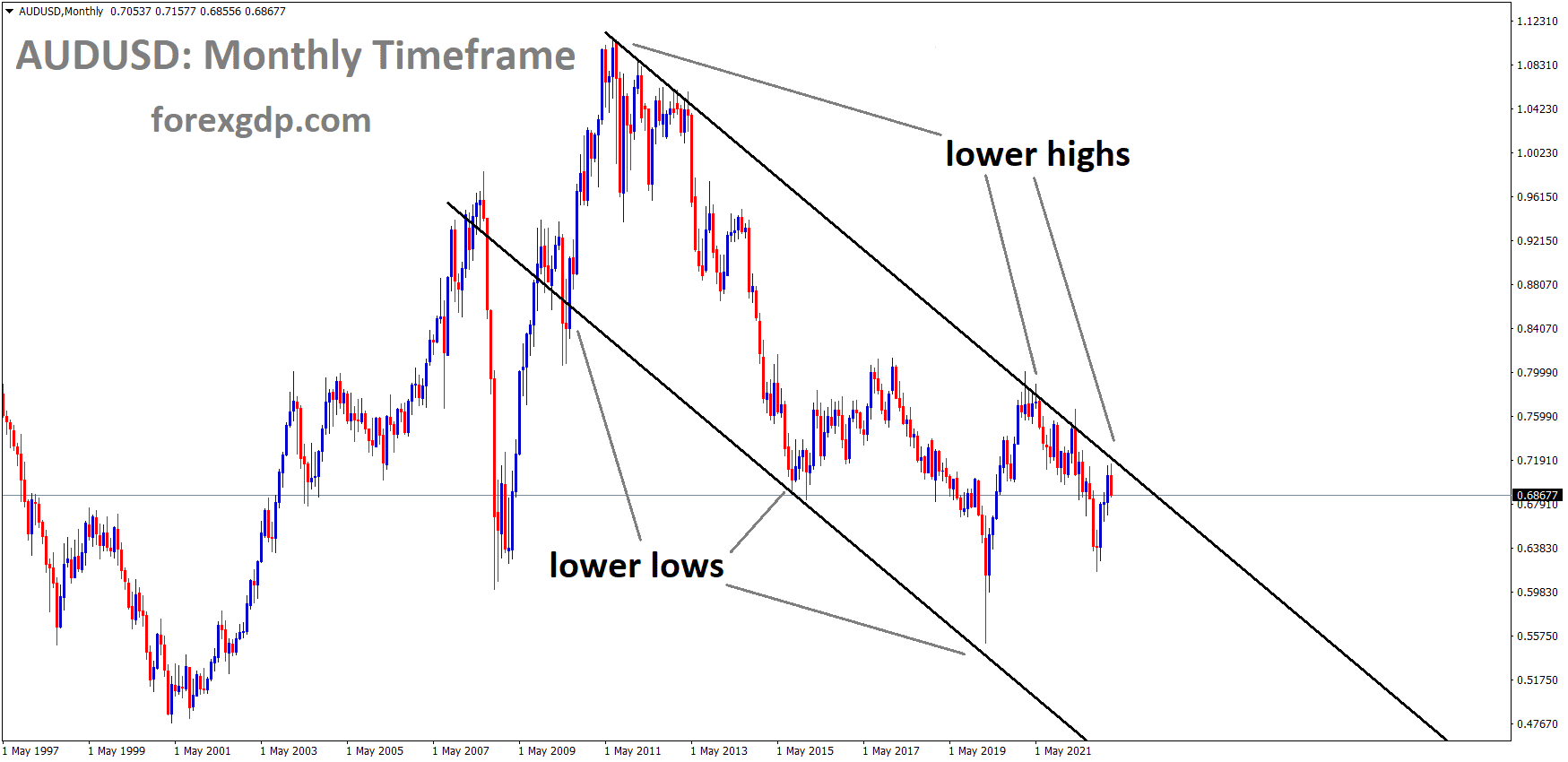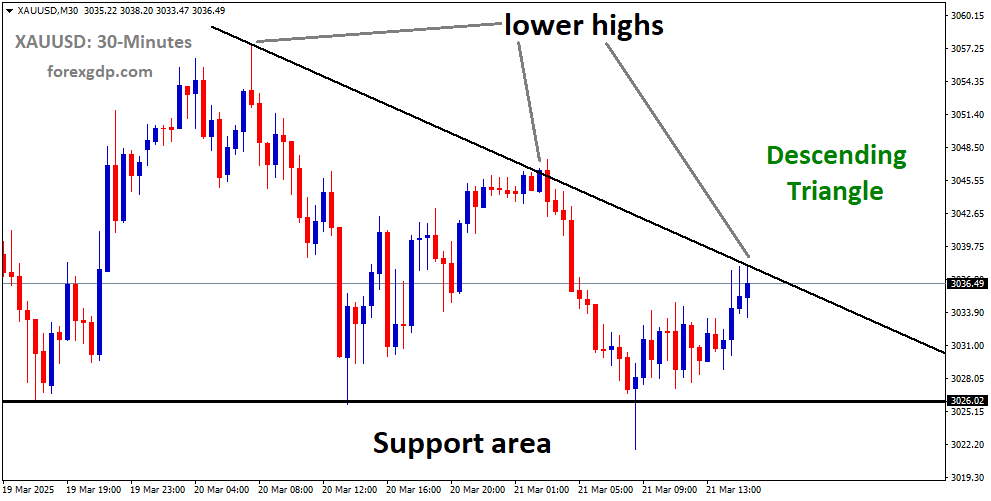USDJPY is moving in Descending channel and market has reached lower low area of the channel
USD/JPY: The Dynamics Behind the Recent Movements
Navigating the world of forex can be tricky, and the USD/JPY pair has recently provided an excellent example of this. After hitting a four-month low of 148.50, the pair bounced back and traded around 149.40. This shift in value is influenced by several key factors, including economic data from both the United States and Japan, as well as decisions made by central banks. Let’s delve into the details behind these movements and explore what they might mean for traders.
Economic Data Influences on USD/JPY
US Economic Indicators and Market Reactions
The US dollar’s movements are often closely tied to economic data releases. Recently, the US ISM Manufacturing PMI dropped to an eight-month low of 46.8 in July, down from June’s 48.5. This decline signals a contraction in the manufacturing sector, raising concerns about the health of the US economy. When manufacturing slows, it can suggest broader economic issues, potentially leading to reduced investor confidence in the US dollar.

Adding to the cautious sentiment, the US Initial Jobless Claims for the week ending July 26th rose to 249K from the previous week’s 235K. This increase exceeded forecasts and added to worries about a weakening labor market. In such situations, the market often speculates about potential actions by the Federal Reserve, including possible rate cuts to stimulate economic activity.
Japanese Yen and the Bank of Japan’s Decisions
On the other side of the Pacific, the Japanese Yen has been gaining support following some decisive actions by the Bank of Japan (BoJ). The BoJ raised its policy rate to a 16-year high of 0.25%, signaling a shift towards a more restrictive monetary policy. This move is significant as it reflects the BoJ’s concerns about inflation and the need to keep the economy stable.

USDJPY is moving in Ascending channel and market has reached higher low area of the channel
Moreover, the BoJ hinted at the possibility of further rate hikes if the economic situation requires it. Such a stance can make the Yen more attractive to investors, as higher interest rates can lead to better returns on investments denominated in that currency. Market participants are now speculating on two additional rate hikes before the end of the fiscal year in March 2025, with the next one potentially coming in December.
The Role of Market Sentiment
Risk-Off Mood and USD/JPY Dynamics
Another factor playing into the USD/JPY’s recent movements is the broader market sentiment, particularly the risk-off mood that has been prevalent. In times of economic uncertainty or negative data releases, investors often move away from riskier assets, like stocks, and into safer ones, like government bonds or safe-haven currencies, including the US dollar and Japanese yen.
The recent dip in the USD/JPY pair and subsequent recovery can partly be attributed to this dynamic. As concerns about the US economy grew due to weak manufacturing and employment data, the dollar initially weakened. However, as investors sought safe-haven assets amidst these concerns, the dollar found some support, helping to lift the USD/JPY pair from its lows.
Outlook and Final Thoughts
The future movements of the USD/JPY pair will likely continue to be influenced by a mix of economic data releases, central bank decisions, and overall market sentiment. The upcoming US Nonfarm Payrolls and Average Hourly Earnings data for July are key events that traders will be watching closely. These figures can provide further insights into the health of the US economy and potentially impact expectations for future Federal Reserve policy actions.
Meanwhile, in Japan, any new developments or statements from the BoJ will be critical in shaping the market’s expectations for future rate hikes. The potential for the BoJ to continue increasing rates could provide ongoing support for the Yen, potentially capping the upside for the USD/JPY pair.

Summary
In summary, the USD/JPY pair’s recent movements have been driven by a combination of weak US economic data, actions by the Bank of Japan, and broader market sentiment. The interplay of these factors makes forex trading an intricate dance of reacting to and anticipating market events. As always, traders should stay informed and cautious, considering both fundamental data and market psychology in their decision-making process.
Don’t trade all the time, trade forex only at the confirmed trade setups
Get more confirmed trade signals at premium or supreme – Click here to get more signals , 2200%, 800% growth in Real Live USD trading account of our users – click here to see , or If you want to get FREE Trial signals, You can Join FREE Signals Now!





